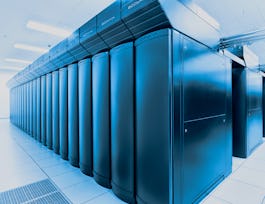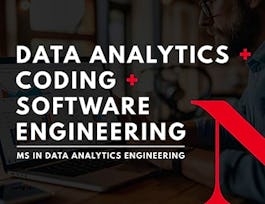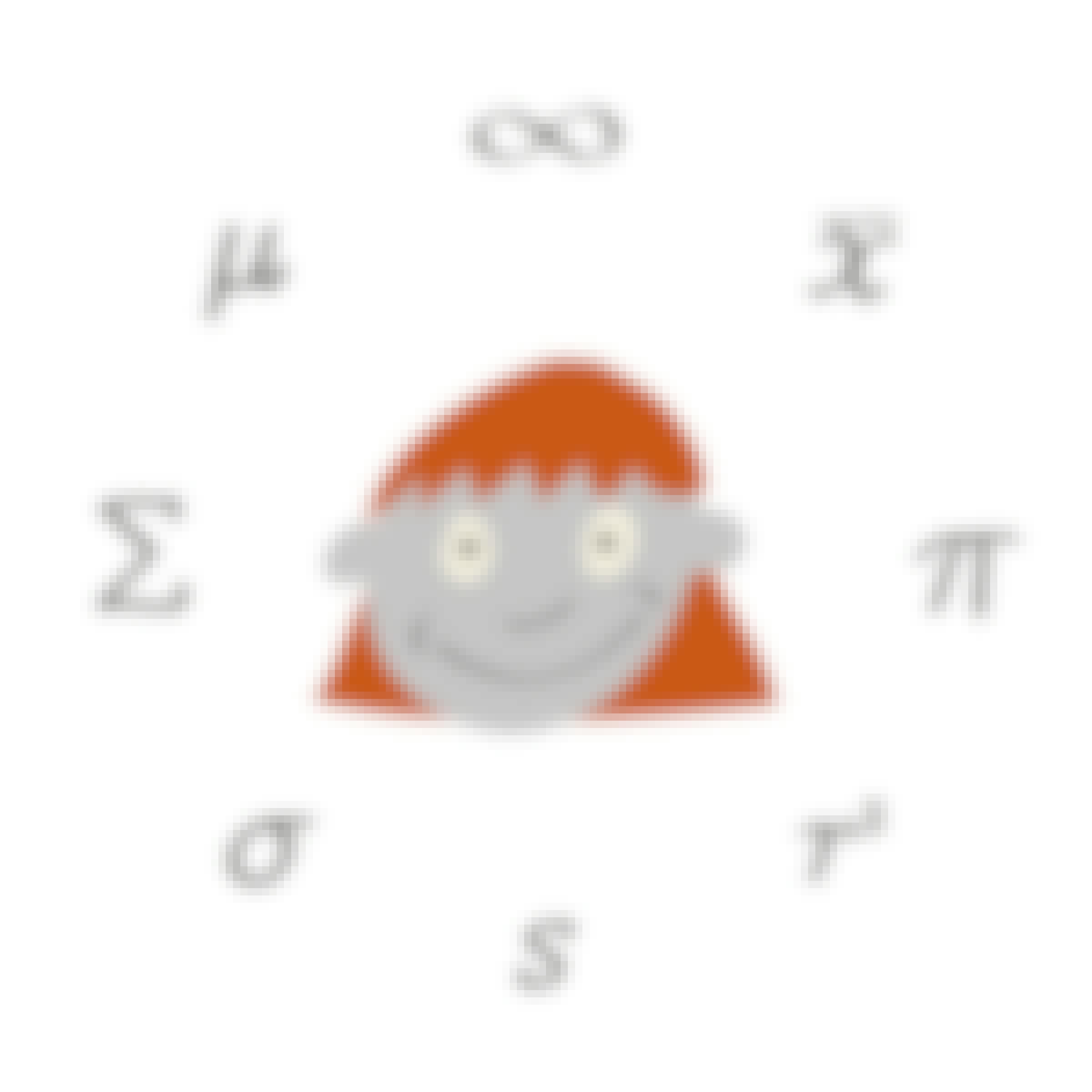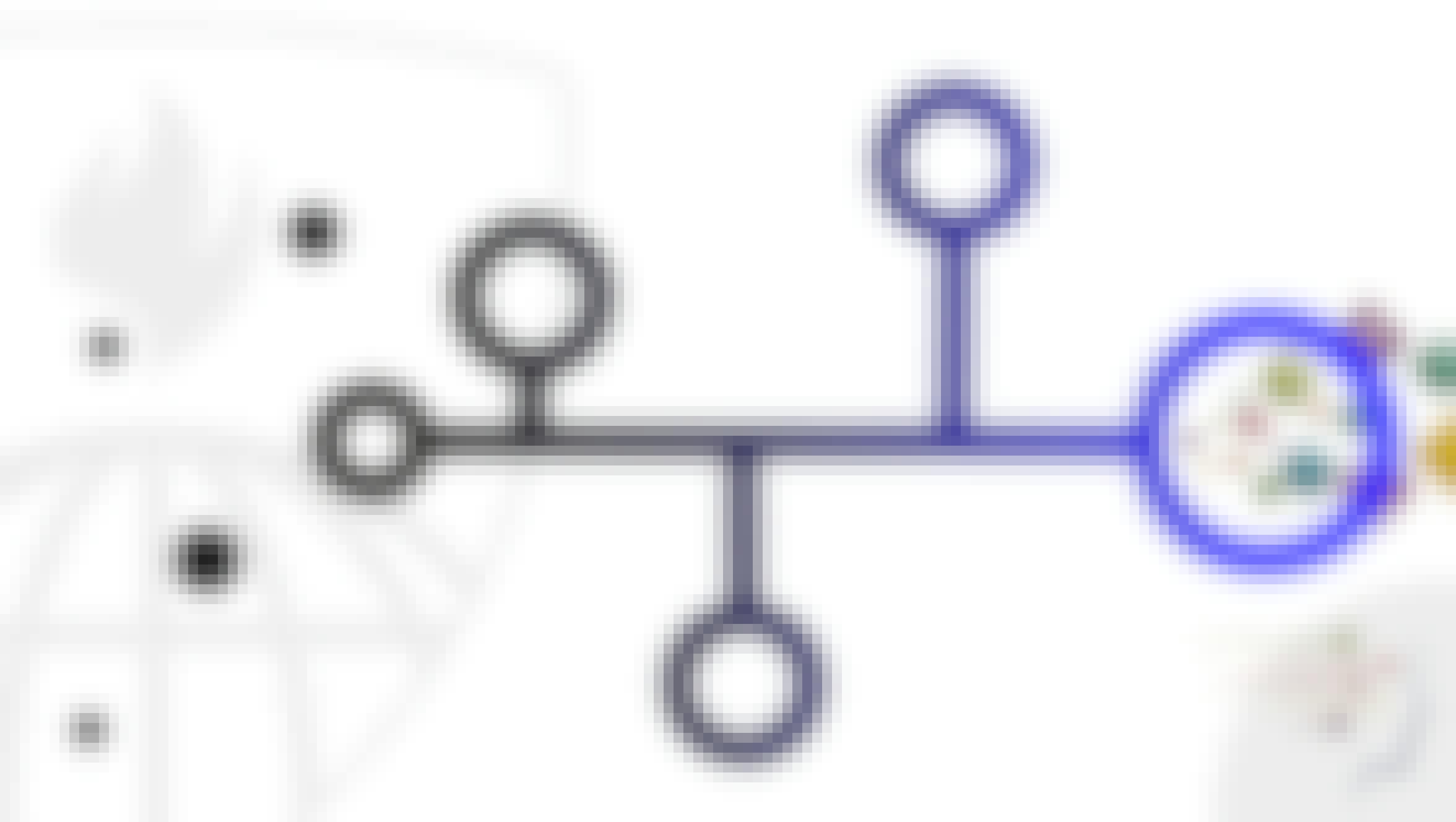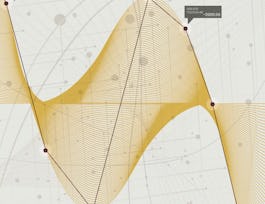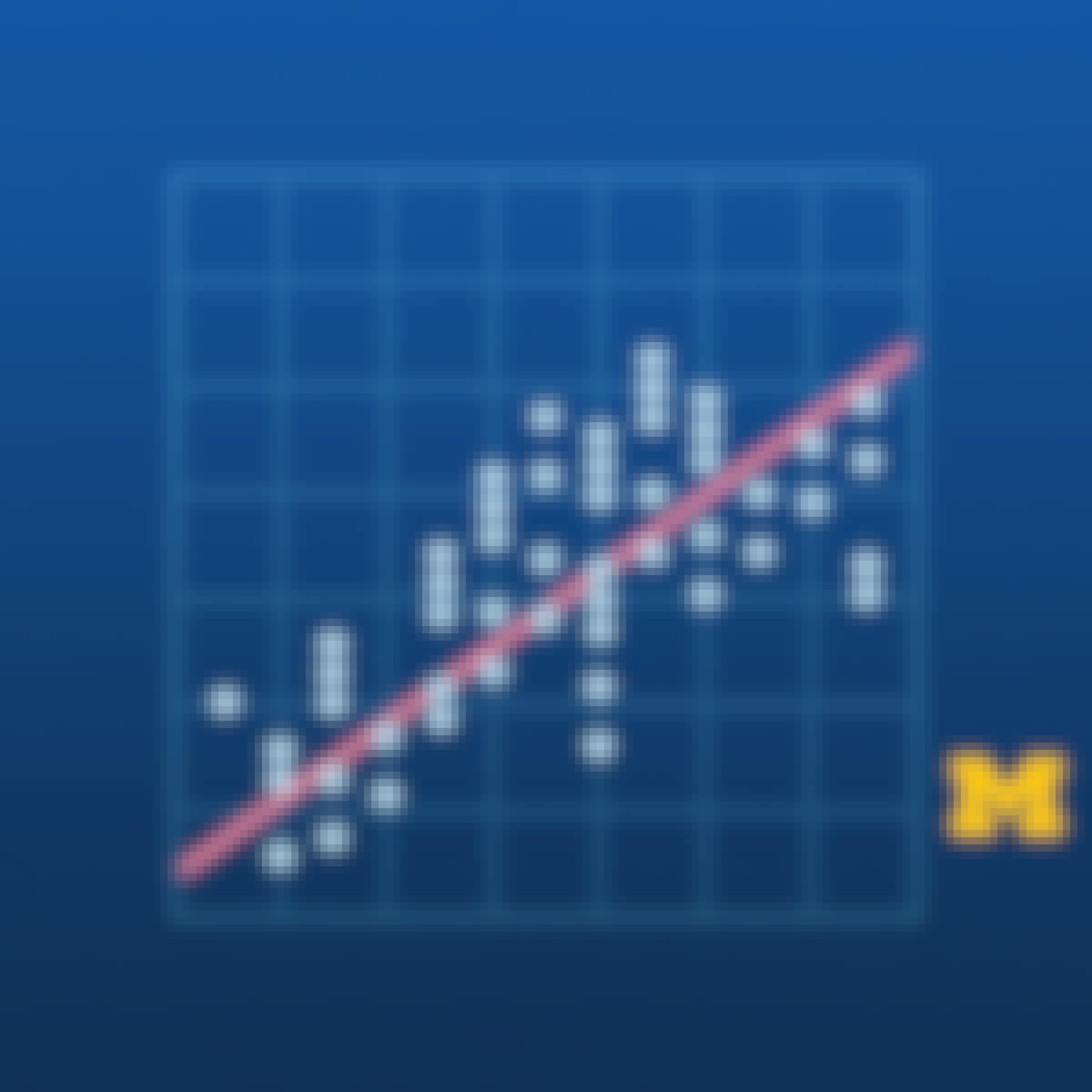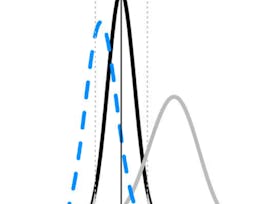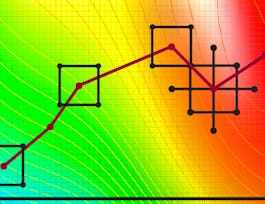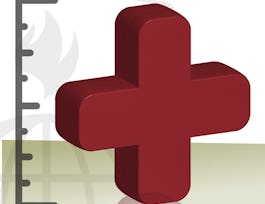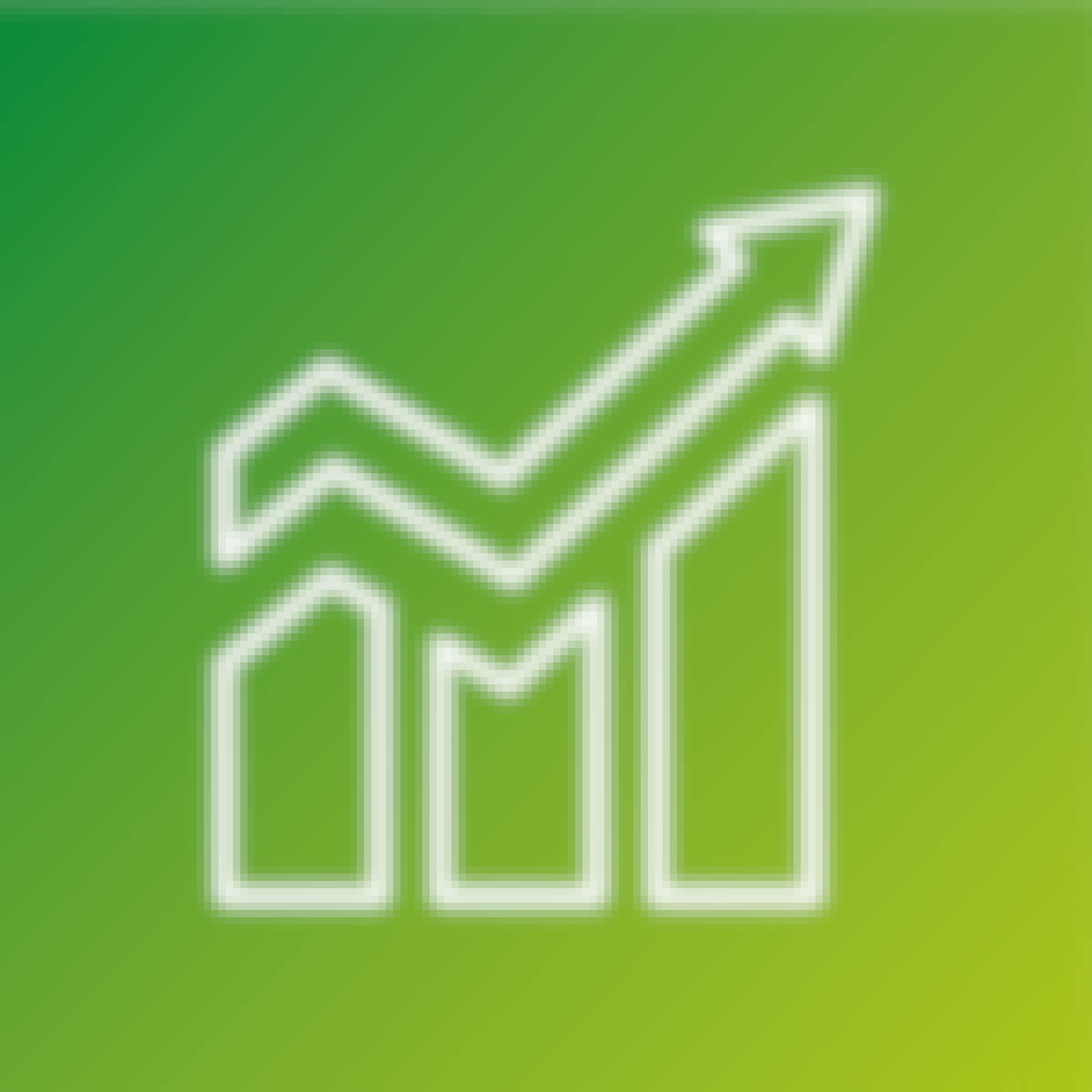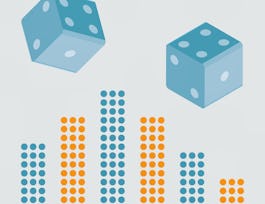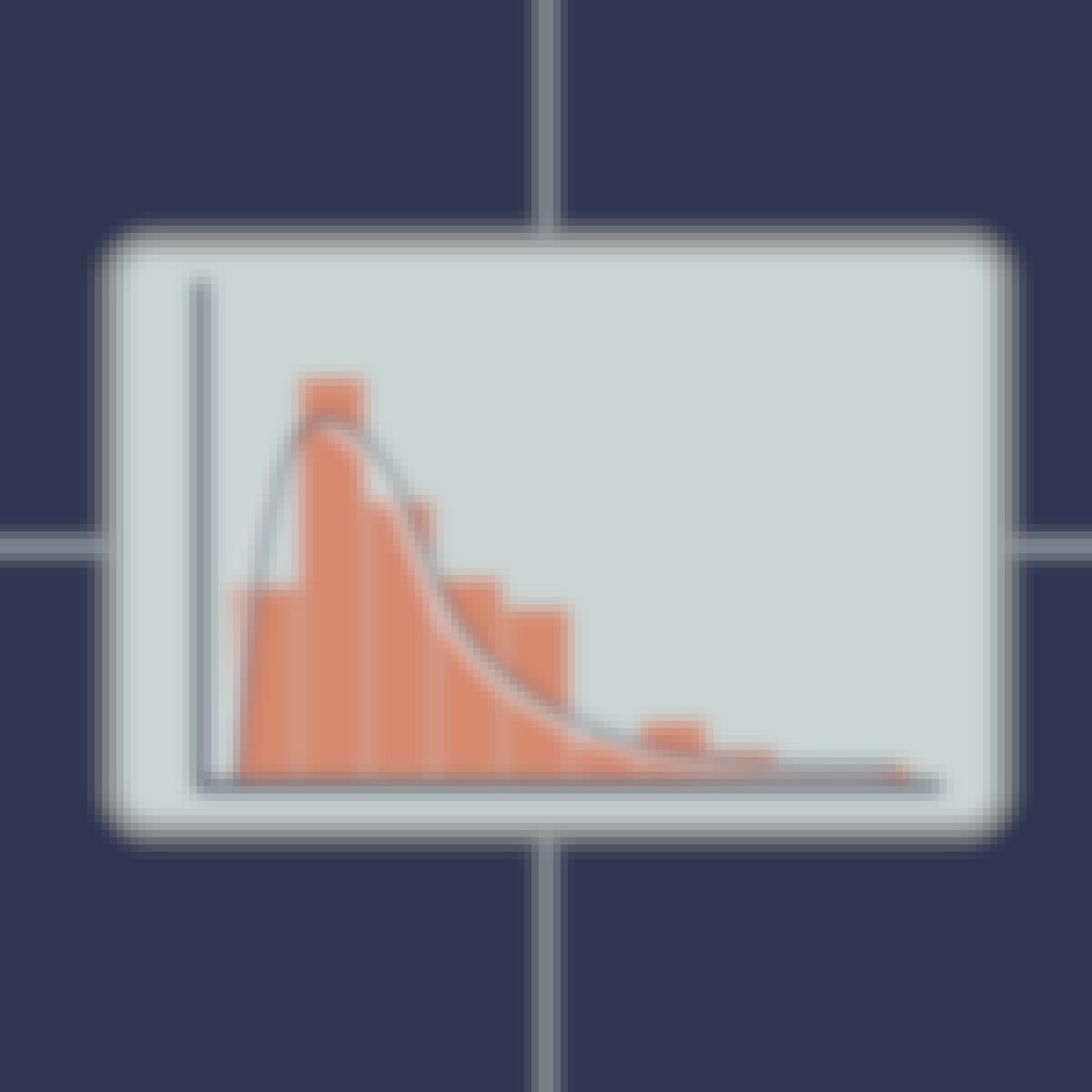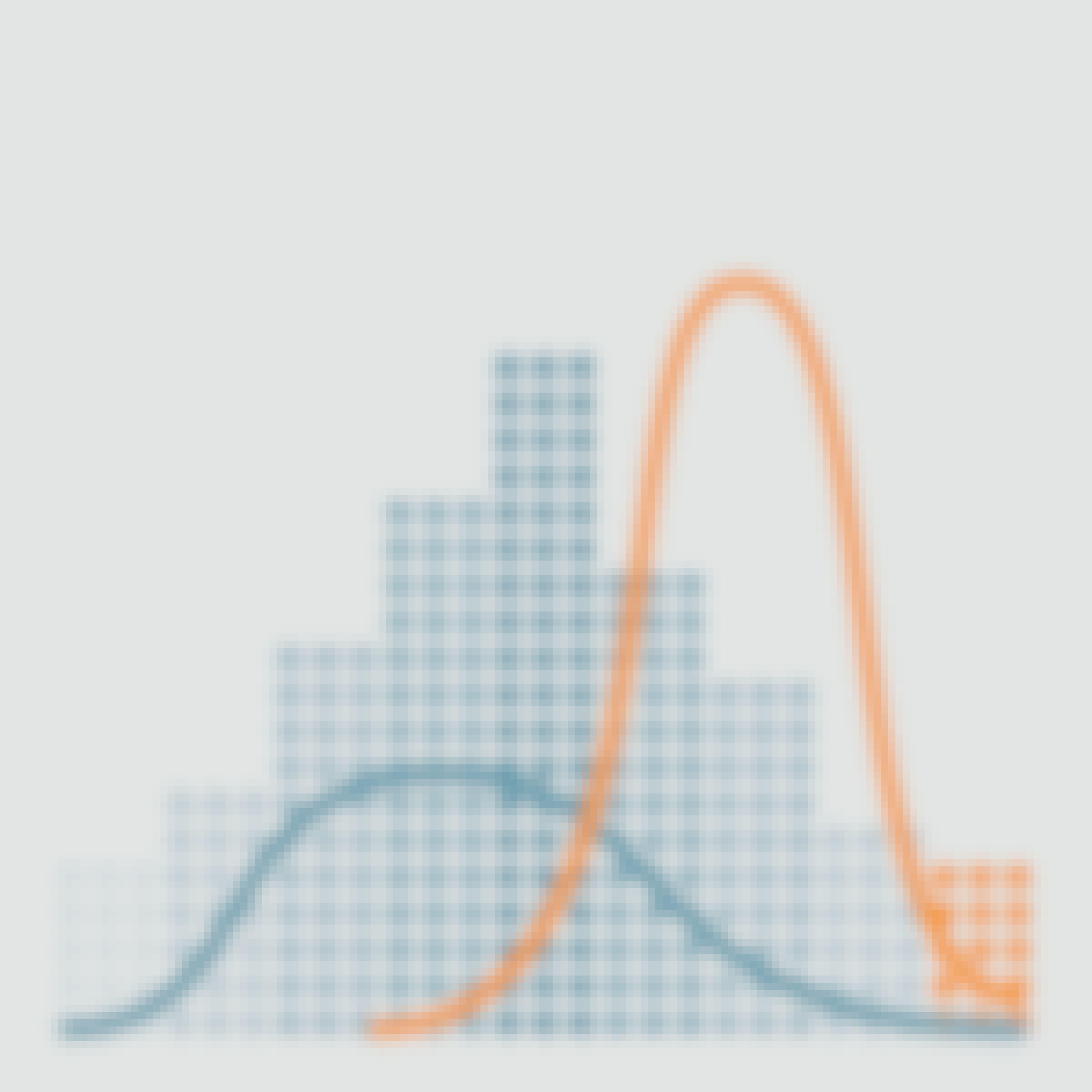Probability and Statistics
Earn Your Degree
Most Popular Courses
Finish a Probability and Statistics Course in Under 24 Hours
Top Rated Courses
Master Fundamental Math Skills and Statistics for Data Science
Launch Your Career
Most Popular Certificates
Frequently Asked Questions about Probability and Statistics
Probability is the study of the likelihood an event will happen, and statistics is the analysis of large datasets, usually with the goal of either usefully describing this data or inferring conclusions about a larger dataset based on a representative sample. These two branches of mathematics can be considered two sides of a coin: statistics help you to understand the past, and probability helps you use that knowledge to predict the future!
Statistics and probability are essential tools for data science. These skills enable you to determine whether your data collection methods are sound, derive relevant insights from massive datasets, build analytic models that produce usable results, and much more. Important concepts and skills in the data science context include sampling distributions, statistical significance, hypothesis testing, and regression analysis.
As a branch of mathematics, statistics requires high-level numeracy and quantitative skills as a foundation. However, that’s only the beginning. Being a statistician is a bit like being a detective - you need superb analytical skills to determine whether your data is statistically significant, properly interpret it, and test whether your resulting findings are meaningful.
While the core theories of statistics aren’t new, today’s statisticians rely on the power of sophisticated computer programs to deliver more powerful insights with these principles than ever before. Thus, computer literacy is also an essential skill for statisticians, and particularly familiarity with programs like Stata and SAS as well as the programming languages R and Python.\n\nFinally, all of that statistical analysis becomes much more useful for problem-solving if you are able to convey it effectively. Thus, compelling data visualization capabilities as well as strong written and oral communication skills are essential to putting your insights into action.
Working in statistics and probability isn’t just about becoming a statistician or theoretical mathematician (although it can be). Like data science, these skills open the door to an incredibly wide range of career choices. After all, what company doesn’t need to either predict the future or understand the past?
If you’re interested in going into the business world, statistics and probability are essential for business analysts, market research analysts, risk analysts, and economists to understand global markets and identify likely business opportunities. If you want to work in tech, an understanding of these fields can be invaluable for data scientists, software engineers, machine learning engineers, and many other jobs.
Statistical expertise is also a core skill for understanding risk, and is central to the work of public health researchers, environmental scientists, criminologists, meteorologists, pharmaceutical engineers, and countless other roles that seek to protect clients or the general public. So whether your career goals are about doing well financially, doing good for the world, or both, statistics and probability skills can take you where you want to go.
Like many other branches of math, computer science, and data science, there are more opportunities than ever to learn probability and statistics online. You can brush up on your theoretical foundations with courses in basic statistics, statistical inference, Bayesian statistics, and regression models; build your computer skills with courses in R programming, statistics with Python, and data visualization; and put your statistics and probability know-how to work with courses in business statistics, econometrics, or even biostatistics in public health.
No matter what your goals in statistics and probability are, Coursera offers Professional Certificates, MasterTrack certificates, Specializations, Guided Projects and courses in probability and statistics from top universities like Johns Hopkins University, University of Michigan and Duke University. You can also learn about statistics and probability in the context of computer science and data science degrees from top-ranked colleges like University of Illinois, Imperial College London, University of Michigan, University of Colorado Boulder, and University of Pennsylvania.
Some skills and experience you might want to have before learning probability and statistics include basic computation skills and experience using a calculator. The ability to place points on a graph, calculate slope and intercept, and read information presented on different graphs can also be beneficial. Being able to recognize clusters, gaps, and trends in data and draw inferences from them will likely be helpful as you learn probability and statistics. Communication skills tend to be important as well since you typically need to present your interpretations of the data to others.
The kind of people best suited for roles in probability and statistics tend to be logical thinkers with strong problem-solving skills. They typically enjoy working with numbers, looking for trends, and connecting dots. These individuals often have strong communication or presentation skills they use when sharing their findings. They may have a background in math, but advanced math skills are not always a requirement. Many people who work well in these roles also enjoy conducting research.
Some topics related to probability and statistics include data mining and data analysis, which involve looking for trends in different data sets. Statistics and probability also play a role in experimental design and the analysis of behavior in groups of people, animals, and the natural world. Meteorologists, psychologists, researchers, and marketers rely on statistics in their work. Other related topics include informatics and data visualization that can make it easier to view interpretations of data.
Places that hire people with backgrounds in probability and statistics range are found in a variety of industries, such as health care, marketing, education, public policy, and risk management. In some cases, they need employees who can analyze the data they rely on to make operational decisions and financial projections. Some organizations may want to hire individuals who can help them analyze risk or make predictions about the potential success of new products and services.
Online Probability and Statistics courses offer a convenient and flexible way to enhance your knowledge or learn new Probability and Statistics skills. Choose from a wide range of Probability and Statistics courses offered by top universities and industry leaders tailored to various skill levels.
When looking to enhance your workforce's skills in Probability and Statistics, it's crucial to select a course that aligns with their current abilities and learning objectives. Our Skills Dashboard is an invaluable tool for identifying skill gaps and choosing the most appropriate course for effective upskilling. For a comprehensive understanding of how our courses can benefit your employees, explore the enterprise solutions we offer. Discover more about our tailored programs at Coursera for Business here.




